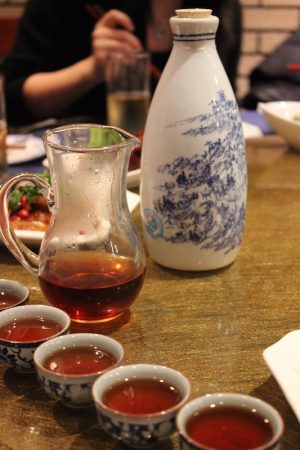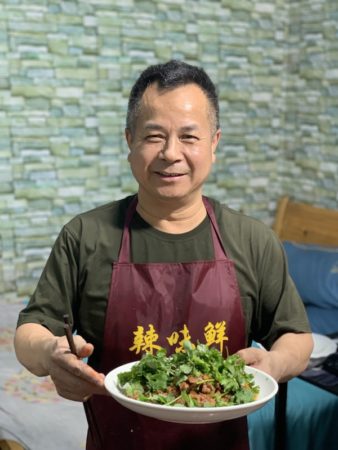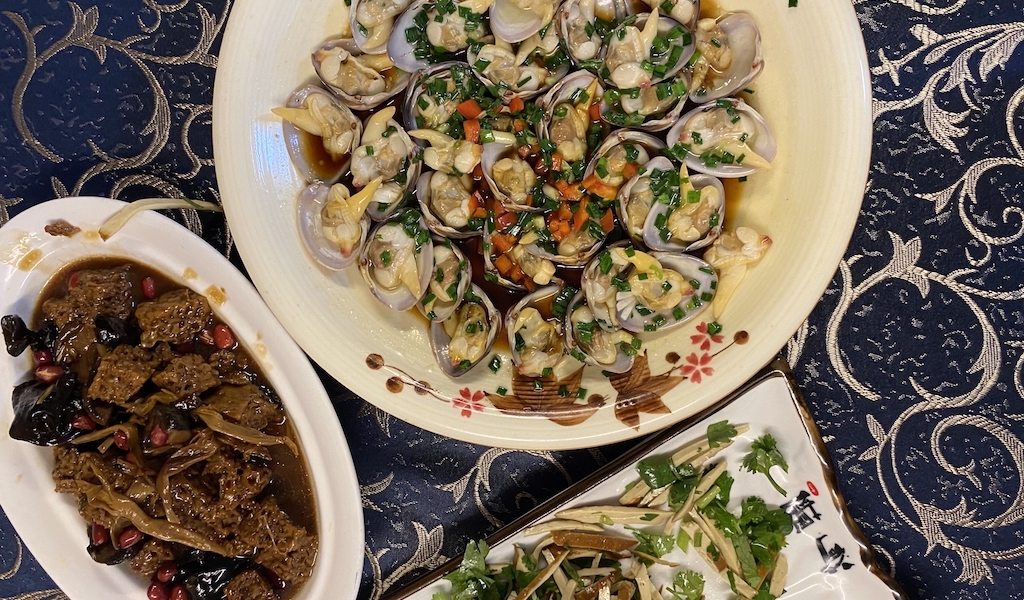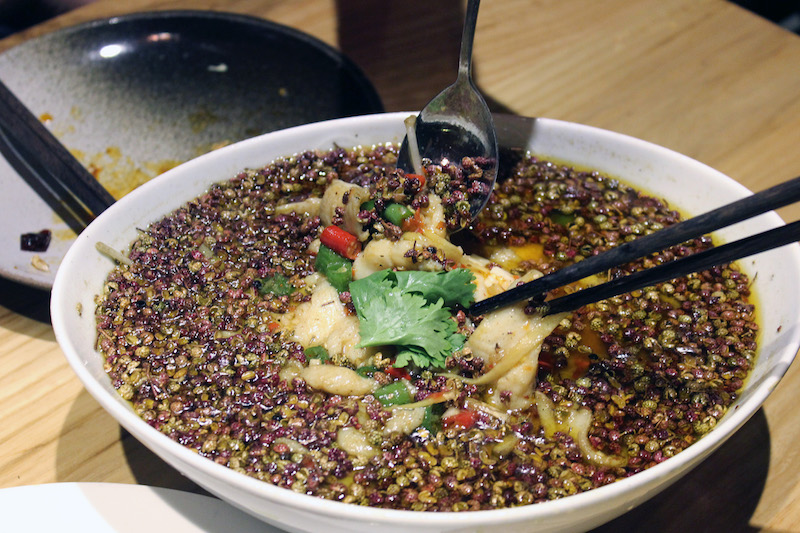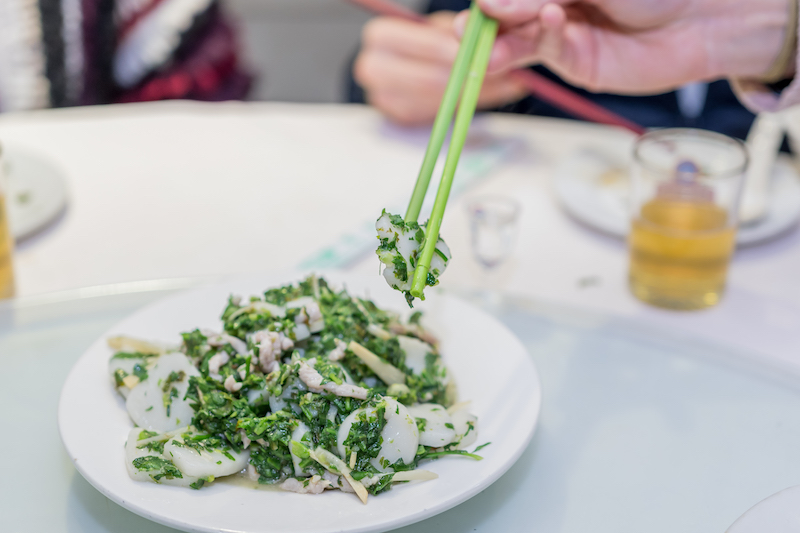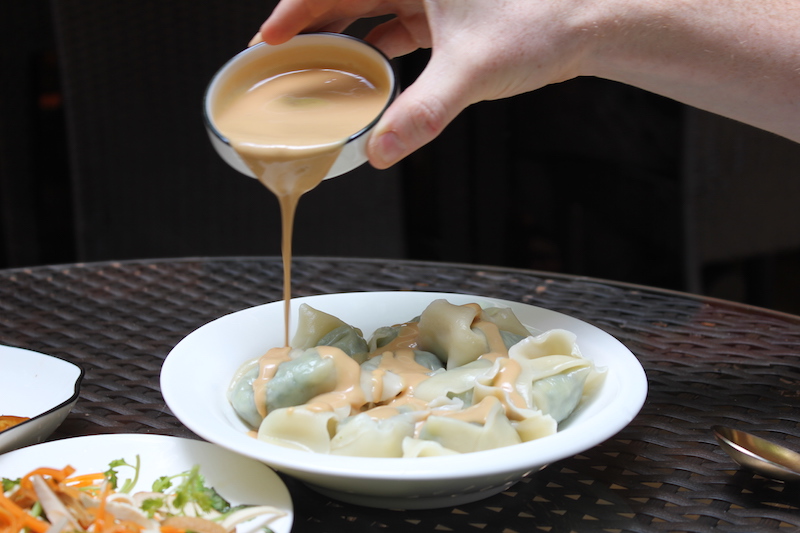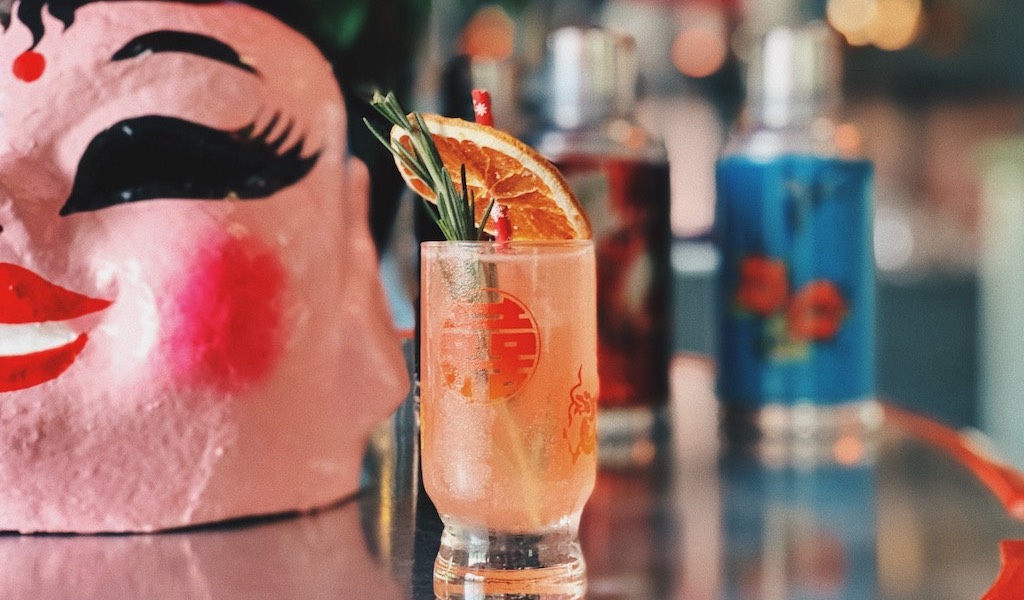We can't find the internet
Attempting to reconnect
Something went wrong!
Hang in there while we get back on track
Search results for "Jamie Barys"
Shanghai
Building Blocks: Shaoxing Wine, China’s Liquid Gold
Legend has it that huangjiu, or yellow wine, was invented by Du Kang, the god of Chinese alcohol. Annual production starts in eastern China’s Shaoxing region in the tenth lunar month – the temperature and humidity at that time of year create the best environment for making the wine – with sacrifices to Du Kang. The wine is made from fermenting glutinous rice with wheat or rice qu, a cake of mashed grains that cultivate yeast; both convert the starch to sugar then to alcohol. The product of all that fermentation is a sherry-like amber liquid that is used in Chinese cooking or served as a drink paired with Chinese foods.
Read moreShanghai
La Wei Xian: Sichuan Speakeasy
We’ve been fans of the authentically spicy flavors of La Wei Xian since 2014, when we added the ramshackle restaurant to our Night Eats tour route in the Laoximen neighborhood. The stop was a favorite of our guests for years, but in August 2017, Mr. Liu fell victim to the redevelopment of the Old Town area and was forced to shut down his shop when the local government wouldn’t renew his food and beverage licenses. But Mr. Liu has never been one to give up, and he’s always got his eye on the bottom line. He is the type of guy who will spend hours trying to convince you to go on a four-day road trip with his whole family (totaling six members) back to his hometown of Zigong, Sichuan, in a Winnebago that is meant for two at best, just to split the gas money.
Read moreShanghai
Xiaoping Fandian: Shanghainese Cuisine, Hidden in Plain Sight
Non-descript is the best way to describe Xiaoping Fandian’s storefront. Its plain-Jane décor would never make you stop and take notice – the first floor looks more like a hotel check-in than a restaurant – but walk by around any meal time, and the scrum of waiting diners speaking in rapid-fire Shanghainese will turn your head. Where there are this many speakers of the local dialect, there’s bound to be delicious local food. Upstairs, you’ll discover that Xiaoping Fandian is a multi-level home with former bedrooms and an attic space that have been converted into private dining rooms with lazy Susans. A few smaller tables are scattered in the hallway and living room for good measure.
Read moreShanghai
Ben Lai & Ben Zhen: The Other Sichuan
Sichuan cuisine is famous for its mouth-numbing, spicy flavors, but what many people don’t know is that the provincial cuisine is subdivided into several specialty subregional cuisines. One of our favorites is Xiaohe Sichuan cuisine, which hails from the cities of Zigong, Luzhou and Yibin in the province’s southern region. Originally famous for its salt mining, the Xiaohe (which means “small river”) region is now perhaps best known for the Zigong Dinosaur Museum, a monumental museum built over a dig site that’s had an incredible number of dinosaur finds. But the local cuisine – renowned for being spicy and creative – is worth exploring.
Read moreShanghai
Auspicious Eating: Ringing in the Year of the Ox
Normally the lead up to Lunar New Year (春节, chūnjié) results in the “great migration,” with people in China's big cities traveling back to their ancestral hometowns to enjoy the annual reunion dinner (团圆饭, tuányuánfàn, or 年夜饭, nián yè fàn) with their family. Nearly every shop and restaurant closes up for at least a week (and sometimes more like three), as employees travel back to inland provinces like Anhui and Henan for a well-earned break and the chance to eat traditional, home-cooked meals with relatives.
Read moreShanghai
Godly Vegetarian: Meat-Free Heaven
If you hadn’t read the flyer closely before heading to Shanghai’s first ever MeatFest in June 2019, you might have been a bit disappointed upon arrival. The sounds and smells of sizzling meat might have seemed like a carnivore’s dream come true, but the name was tongue-in-cheek; the event was thrown by Vegans of Shanghai for “eco-conscious meat lovers” and served only domestically sourced plant-based “meat” products. It’s part of a bigger push towards eating a plant-based diet in China, where vegetarians make up less than 5 percent of the population. But even at such a low rate, that still comes out to approximately 50 million people (a population larger than that of Spain).
Read moreShanghai
Local Spirit: Exploring Shanghai’s Baijiu Cocktail Scene
The loss of the world’s first baijiu-themed bar, Beijing’s Capital Spirits, to hutong landlord issues last year refocused the spirit’s lens on Shanghai, where bars are incorporating the grain alcohol into their drinks program. Baijiu may be the most-consumed spirit in the world – thanks mostly to China’s massive population – but its name has only recently started to make waves outside the country. This growing recognition is in part thanks to the trend of mixing baijiu into cocktails. At Healer Bar, this blending of Eastern flavors with Western drinking culture is a deliberate choice that is meant to educate as well as inebriate.
Read more